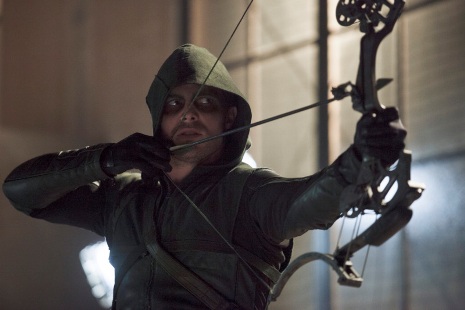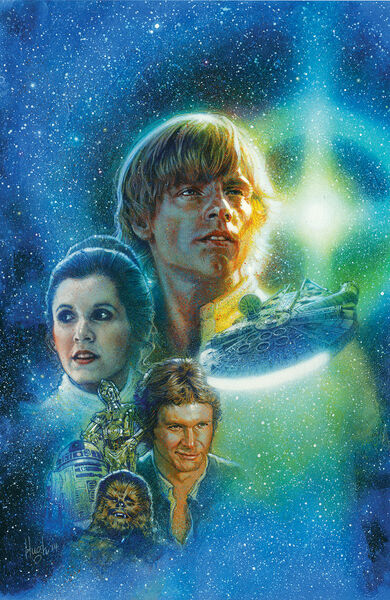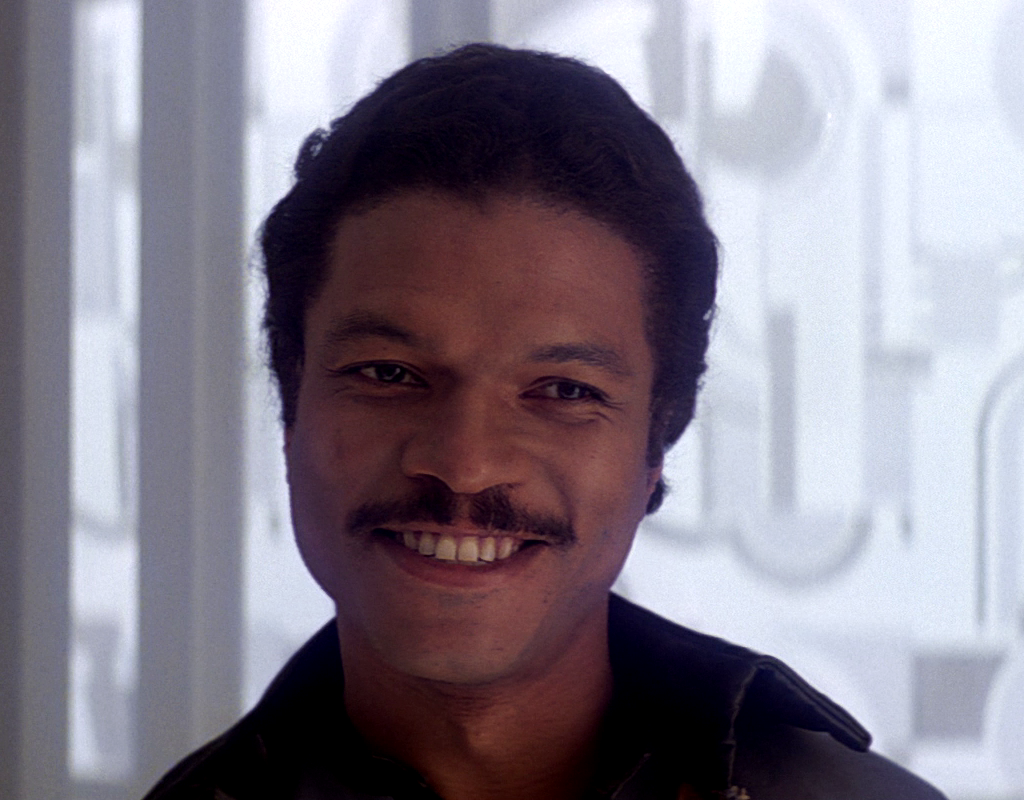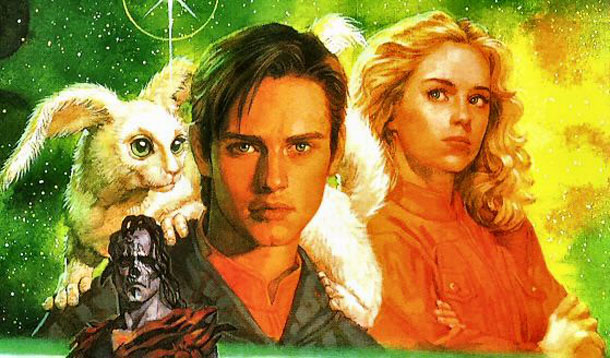
As one might reasonably assume from the name of the genre, advanced technology capable of (currently unachievable) wondrous feats has been an integral part of science fiction since its inception. Though Star Wars draws from numerous and varied sources of inspiration, and its primary story is one deeply rooted in fantasy and mythology, the basic building blocks of the universe are very much taken from how we once imagined the future would look.
Many aspects of the setting can be found in our own times, but have been subtly (or not so subtly) altered so as to give them a more futuristic look and feel. As substitutes for guns, we have “blasters” that shoot lasers instead of bullets. Duels are fought with superheated laser swords rather than metal blades. Naval and aerial warfare are merged and relocated to outer space, where “starfighters” fill the role of fighter aircraft and titanic battleships fire broadsides against each other with lasers, not cannonballs.
In some franchises, the science is the focus of the fiction, particularly the implications of the technology particular to a setting on the lives of its inhabitants. While new discoveries can make life easier in many ways, it’s equally possible for them to have unpredictable (and unpleasant) side effects, to say nothing of the ways in which it can fundamentally reshape a society if the new invention is sufficiently revolutionary. For the most part, however, Star Wars has thus far demonstrated little interest in seriously pondering such questions.
Whatever advanced technology the galaxy far, far away possesses is merely a means to an end – pieces chosen to form a puzzle that suits the creator’s aesthetic preferences, regardless of how well they actually fit together. New technology is created as the plot requires, and specific details are often vague and fluid enough that the characters will rarely find themselves backed into a corner by the limitations of their equipment (except when dramatic tension calls for it).
While this sort of casual disregard for logistics worked well in creating a fresh and memorable universe for the Original Trilogy, few reasons come to mind that would require the Expanded Universe to always follow suit. We have many more novels than we do films, and any one of them contains a far greater amount of information than any movie script – there’s certainly no shortage of opportunities to more thoroughly explore the impact different types of technology can have on our fictional setting of choice.
Why this would be beneficial is fairly self-explanatory, I think, as most things involving the expansion of horizons are – in this new series of articles, what we’ll be looking at is how. How we’ve used technology in the past, how other works and franchises have handled similar themes, and how we might use it in more effective and interesting ways going forward.
Read More

 Sometimes it’s the little things that have the biggest impact. Such was the case with Dark Horse Comics’ solicitations for August 2014, for these included their last Star Wars listings, save for a Dark Times Gallery Edition due before the end of year which will cost you! (Probably be well worth it though) I’ve been reading DHC’s Star Wars output since 1992, that’s 22 years and, unlike the books, there has not been much in the way of reduction in my buying of the comics either.
Sometimes it’s the little things that have the biggest impact. Such was the case with Dark Horse Comics’ solicitations for August 2014, for these included their last Star Wars listings, save for a Dark Times Gallery Edition due before the end of year which will cost you! (Probably be well worth it though) I’ve been reading DHC’s Star Wars output since 1992, that’s 22 years and, unlike the books, there has not been much in the way of reduction in my buying of the comics either.


